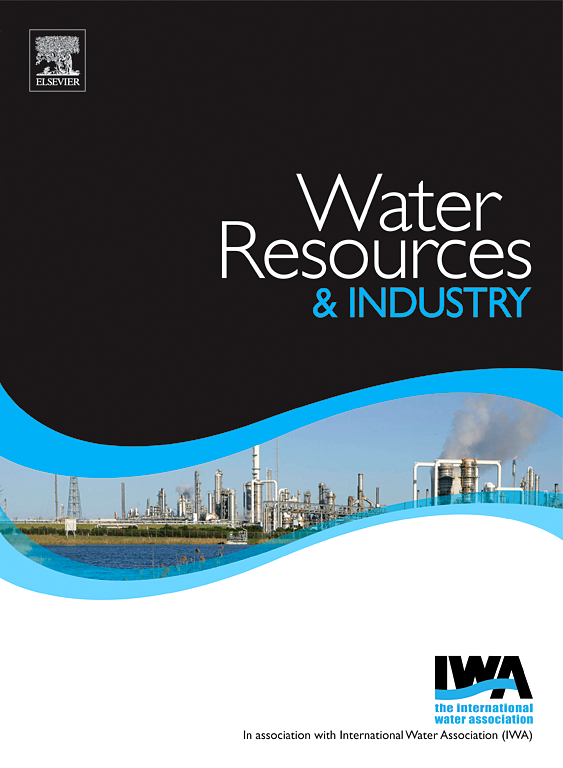Rice, wheat or dust? Water resource carrying capacity estimation by degrowth transition scenario for Fars Province, Iran
IF 7.5
3区 工程技术
Q1 WATER RESOURCES
引用次数: 0
Abstract
Agriculture remains the dominant consumer of freshwater globally, with projected increases in demand driven by irrigation expansion. In arid regions such as Iran, this intensifies competition among agriculture, industry, and ecosystems, exacerbating water stress—as evidenced by the desiccation of Tashk-Bakhtegan wetlands in Fars Province, a key source of dust storms affecting local communities. This study employs system dynamics modeling and the Water Resource Carrying Capacity (WRCC) framework to assess four degrowth scenarios focused on rice and wheat cultivation, evaluating their effects on water consumption and economic value-added. Results show that eliminating rice production and reducing wheat cultivation by 10 %, or converting 20 % of irrigated wheat to rainfed farming, yielded only marginal improvements in the Water Resource Carrying Capacity (WRCC) index. Reaching a sustainable WRCC demands at least a 25 % reduction in agricultural water withdrawals, with an associated 13 % decline in economic output. These findings highlight a nonlinear trade-off between environmental recovery and economic loss. By benchmarking extraction levels against ecological thresholds, this modeling framework promotes adaptive and equity-centered water governance in arid regions. It also provides strategic insight for long-term agricultural and industrial planning.
大米、小麦还是灰尘?伊朗法尔斯省退化过渡情景的水资源承载能力估算
农业仍然是全球淡水的主要消费领域,预计需求将因灌溉扩大而增加。在伊朗等干旱地区,这加剧了农业、工业和生态系统之间的竞争,加剧了水资源压力——法尔斯省塔什克-巴赫特干湿地的干燥就是证明,这是影响当地社区的沙尘暴的主要来源。本研究采用系统动力学模型和水资源承载能力(WRCC)框架,评估了以水稻和小麦种植为重点的4种脱生长情景,评估了它们对用水量和经济增值的影响。结果表明,取消水稻生产并减少10%的小麦种植,或将20%的灌溉小麦转为雨养耕作,仅对水资源承载能力(WRCC)指数产生边际改善。达到可持续的WRCC要求至少减少25%的农业用水量,与此同时经济产出下降13%。这些发现强调了环境恢复和经济损失之间的非线性权衡。通过对生态阈值的提取水平进行基准测试,该模型框架促进了干旱地区适应性和以公平为中心的水治理。它还为长期农业和工业规划提供了战略见解。
本文章由计算机程序翻译,如有差异,请以英文原文为准。
求助全文
约1分钟内获得全文
求助全文
来源期刊

Water Resources and Industry
Social Sciences-Geography, Planning and Development
CiteScore
8.10
自引率
5.90%
发文量
23
审稿时长
75 days
期刊介绍:
Water Resources and Industry moves research to innovation by focusing on the role industry plays in the exploitation, management and treatment of water resources. Different industries use radically different water resources in their production processes, while they produce, treat and dispose a wide variety of wastewater qualities. Depending on the geographical location of the facilities, the impact on the local resources will vary, pre-empting the applicability of one single approach. The aims and scope of the journal include: -Industrial water footprint assessment - an evaluation of tools and methodologies -What constitutes good corporate governance and policy and how to evaluate water-related risk -What constitutes good stakeholder collaboration and engagement -New technologies enabling companies to better manage water resources -Integration of water and energy and of water treatment and production processes in industry
 求助内容:
求助内容: 应助结果提醒方式:
应助结果提醒方式:


